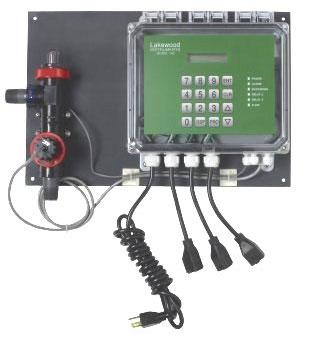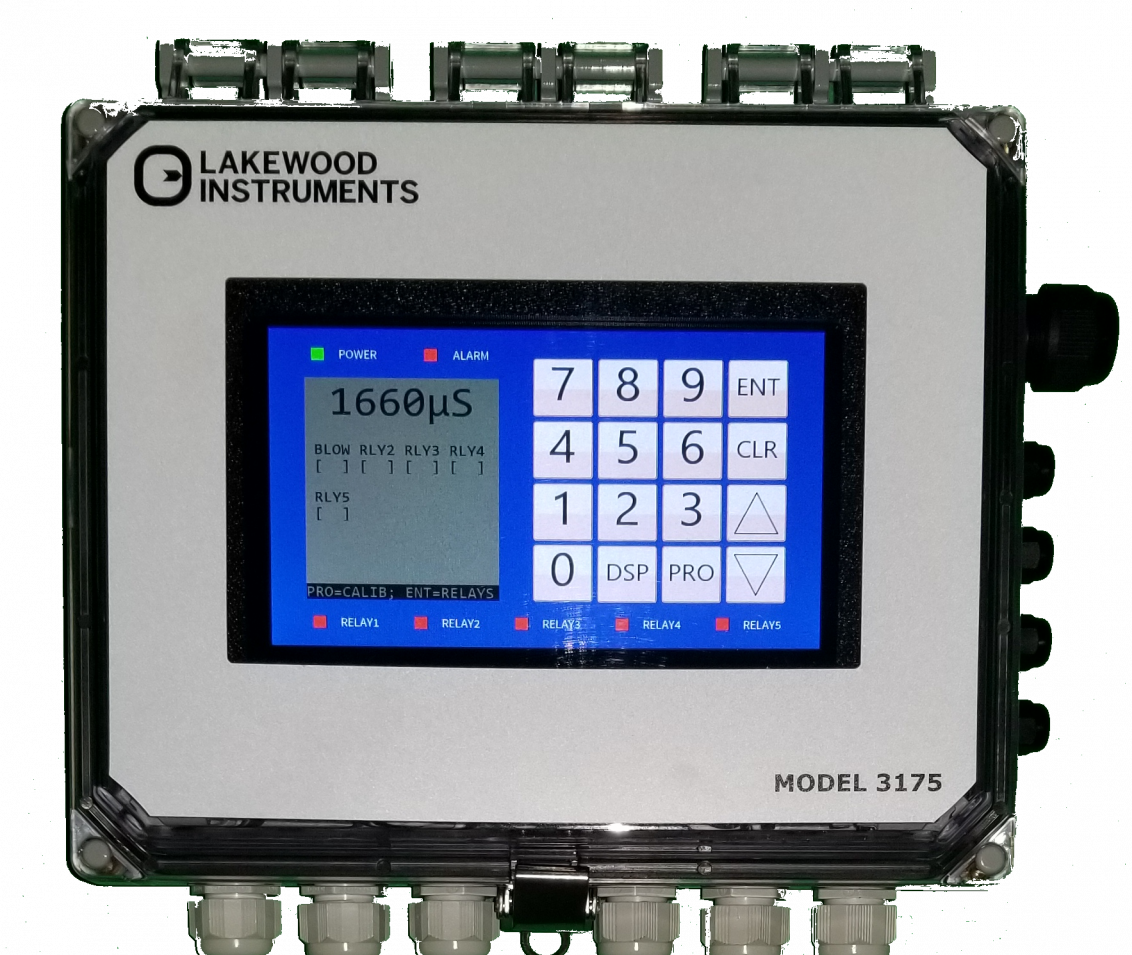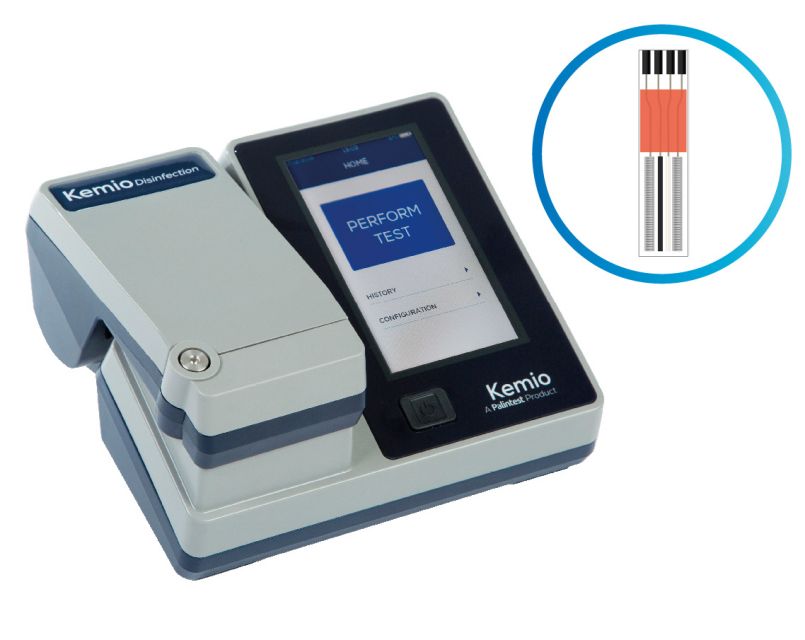Chemicals Injection Pumps Calibration Basics
February 17, 2015 0 Comments

Calibration of chemical injection pumps is important to ensure that the proper amount of water treatment products are being fed to your systems. All chemical feed pumps are designed to pump at a certain rate; however, the actual flow rate can vary depending upon many conditions. Factors such as discharge pressure, chemical viscosity, type of suction (flooded or lift), and pump age will effect the flow rate. This simple procedure should be used on a regular basis to ensure that you are feeding the proper amount of product to your water systems.
Safety
Prior to running calibration on chemical injection pumps (like the AKL603) review product MSDS forms and use proper personal protective equipment.
If you are using the same calibration cylinder to calibrate multiple pumps, be sure to rinse it with water between calibrations.
Calibration Notes
- If possible you should run the calibration with the pump connected to the system that it feeds. The more closely you replicate the actual operating conditions of the pump, the more accurate your calibration will be.
- Most calibration cylinders provide both mL and GPH. If mL is the only scale provided, then be sure to record your starting level before running the test.
- Run the calibration with the pump set to the actual speed and stroke setting that the pump usually runs at. Use this formula to calculate the capacity at this setting:
(Pump capacity, gph x Pump speed, % x Pump stroke, %)
Example:
(1, gph x 50% x 50%) = (1 x 0.5 x 0.5) = 0.25 gph
Calibration Procedure
- Calculate the capacity of the pump at the speed and stroke rate at which the test will be run.
- Fill the calibration cylinder with the product that the pump is feeding.
- Record the starting level of the calibration cylinder.
- Run the pump for the desired amount of time, generally 0.5 - 1.0 minute.
- Record the ending level of the calibration cylinder.
- Calculate the actual feed rate (assuming a 1 minute test):
((mL pumped, 1 min x 60 minutes) / 3,785)) = gallons per hour
Example
(50 mL x 60 minutes) / 3,785 = 0.79 gallons per hour
Depending on your system, you will need to adjust your pump or controller settings to account for any difference between the design and actual feed rates.
Signup to receive our newsletters, articles and special offers!
Also in Blog

Advanced Cooling Tower Management: Enhancing Efficiency with Lakewood Model 140
February 28, 2024 0 Comments

Optimizing Cooling Tower Performance: Understanding Efficiency, Maintenance, and Water Quality Management
February 28, 2024 0 Comments

Revolutionizing Water Analysis: Everything You Need to Know About the Kemio KEM10DIS
April 19, 2023 0 Comments



